Biocatalytic approach could be used to make chiral ligands and drugs
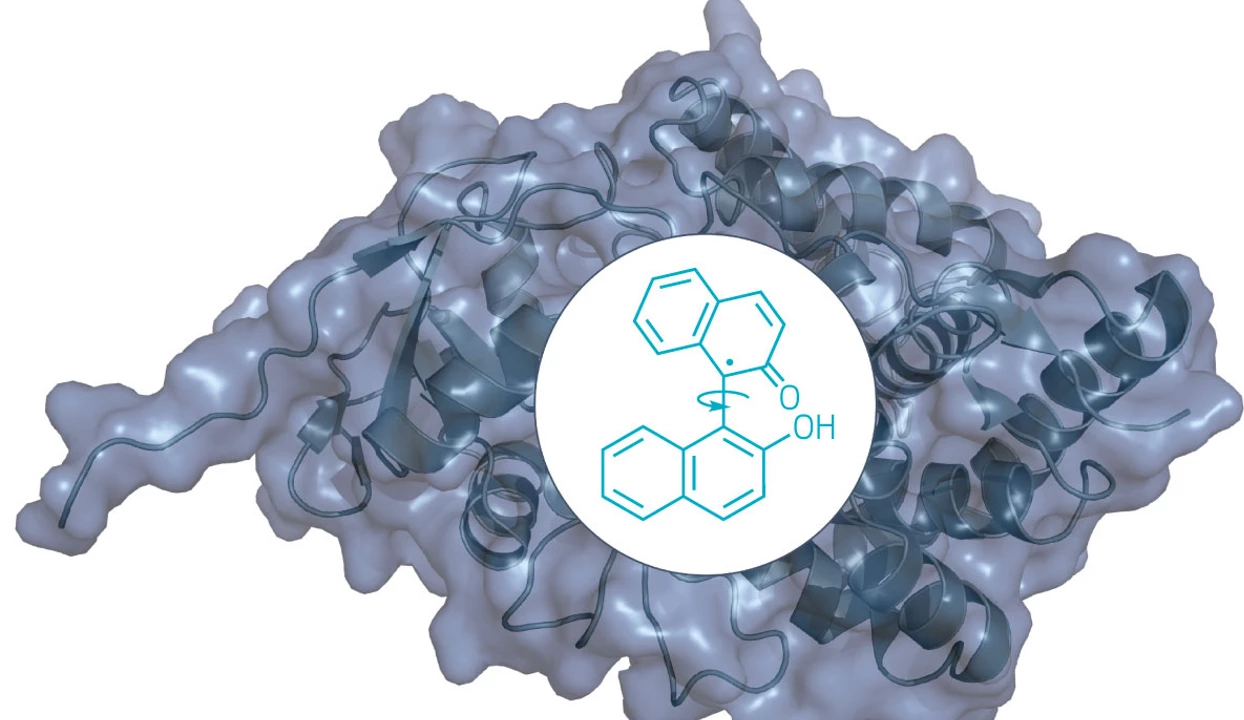


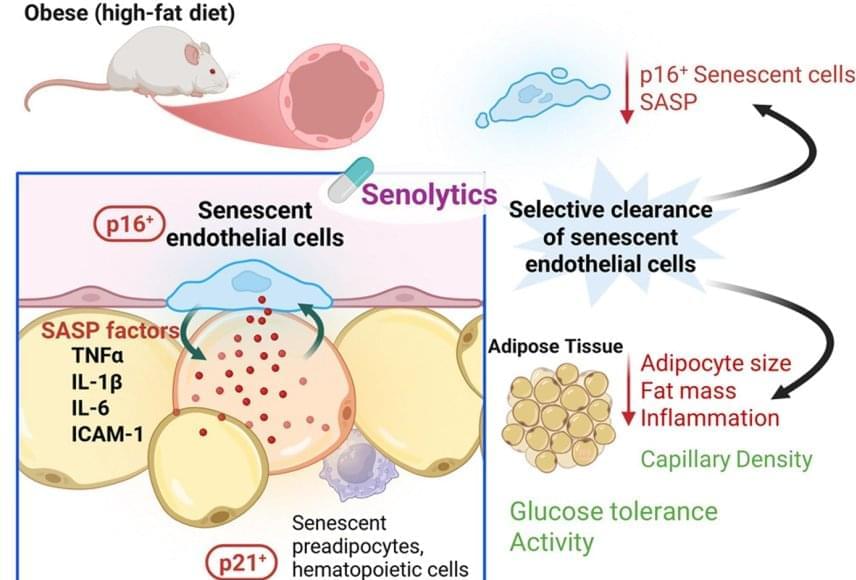
Previous research by the investigators showed that eliminating senescent cells with drugs called senolytics improved metabolic function, the body’s method for turning food and drink into energy.
In the current study, investigators focused on senescent blood vessel cells. They selectively removed these cells from obese laboratory mice and found that the animals’ inflammation and fat mass were reduced—and blood sugar levels improved.
When the investigators transplanted senescent blood vessel cells into lean laboratory mice, those mice developed inflammation in fat tissue and metabolic dysfunction.
The lead said this occurred because senescent blood vessel cells release high levels of inflammatory molecules.
The investigators next treated both groups of mice with fisetin, a naturally occurring senolytic compound, and found that the mice had fewer senescent blood vessel cells and improved diabetic symptoms. Investigators saw a similar decline in senescent blood vessel cells when they treated tissue samples from obese human patients with fisetin.
Investigators found that aged blood vessel cells play a key role in the development of metabolic disorders, including diabetes. The preclinical findings, published in Cell Metabolism, could lead to new treatments for these complex disorders.
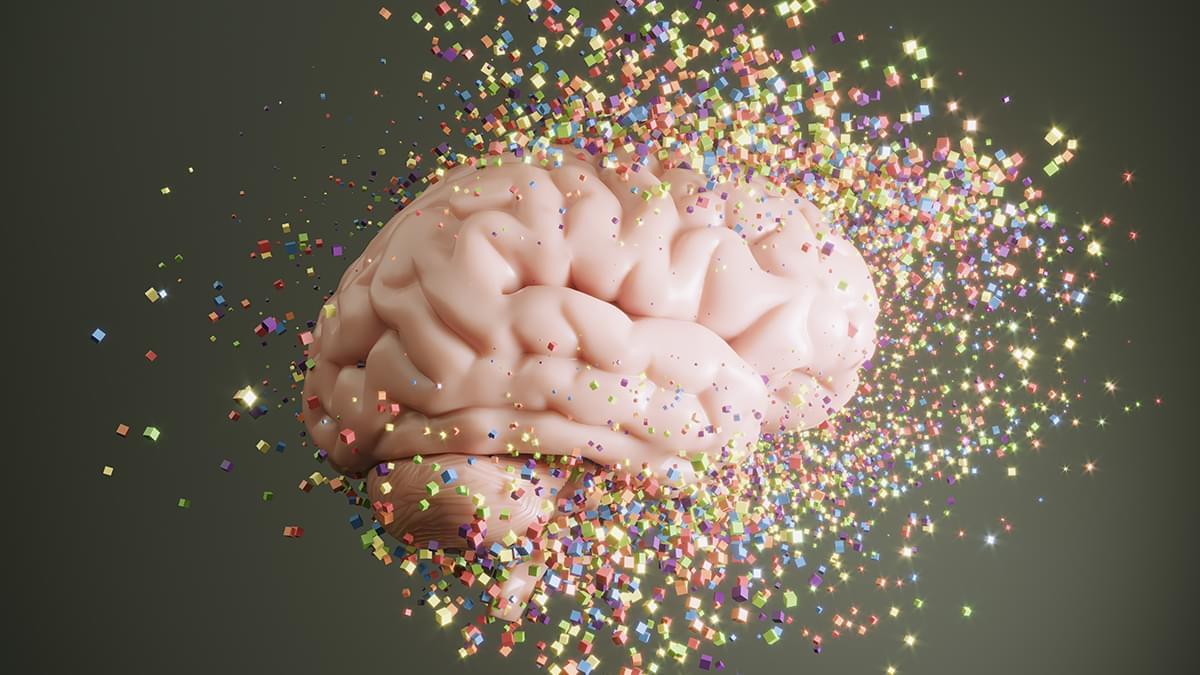
A new pill for treating dementia is delivering promising “topline” results in early-stage clinical trials, according to a recent press release by its makers.
The treatment, called VES001 after its developer Vesper Bio, is designed to tackle frontotemporal dementia (FTD) – the most common type of dementia in the under-60s.
In a two-part preliminary safety trial at two medical centres in the Netherlands and the UK, VES001 was given to people showing no signs of FTD, including six volunteers with an increased genetic risk for the condition.
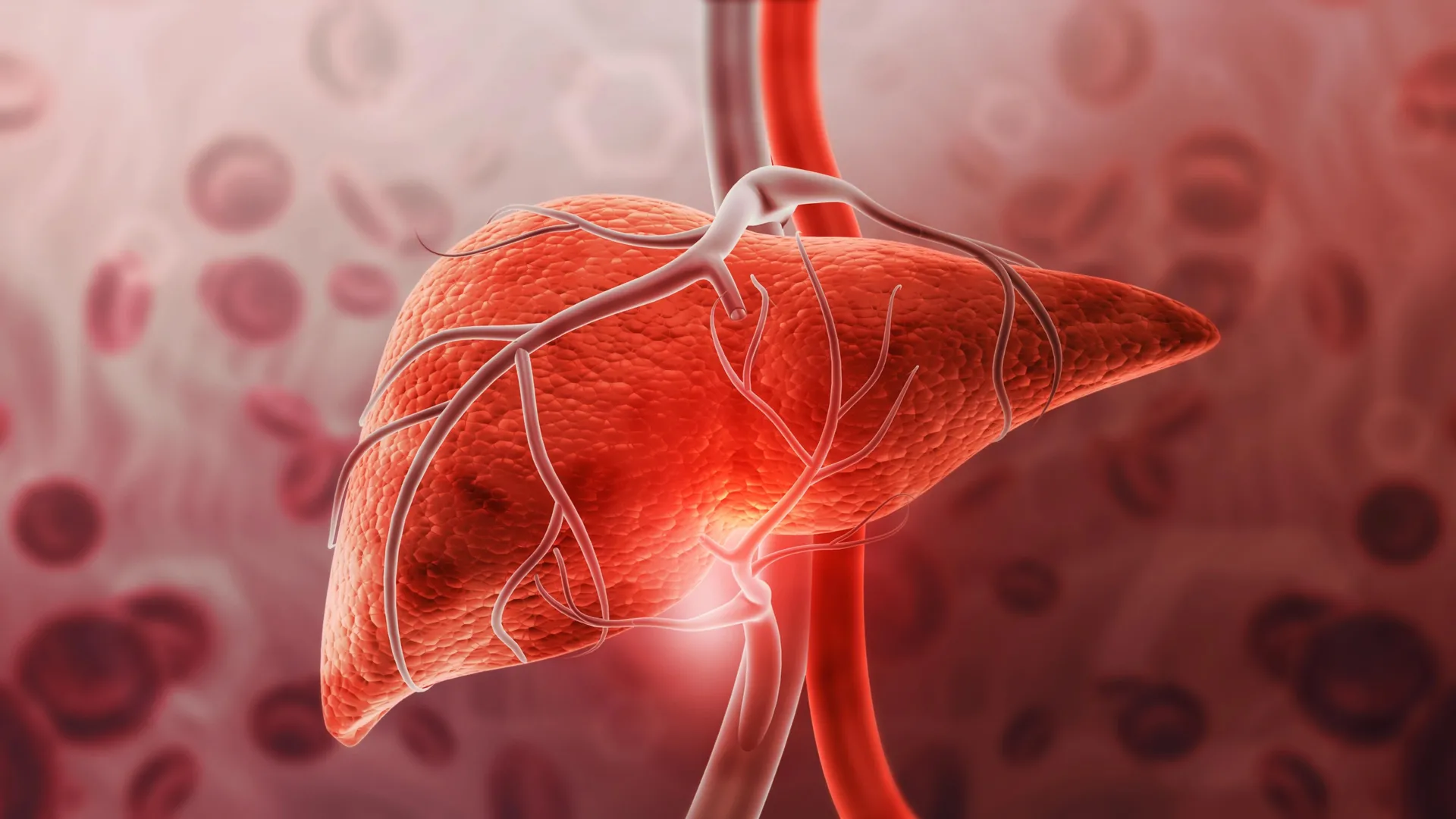
PCE, a dry-cleaning chemical found in many everyday products, has been linked to tripled risk of serious liver damage. Scientists have uncovered a new environmental culprit behind liver disease: tetrachloroethylene (PCE), a chemical used in dry cleaning and household products. The study found that people with PCE exposure were three times more likely to develop severe liver scarring, even when traditional risk factors like alcohol or obesity were absent. The chemical is widespread in air, water, and consumer goods, making it a stealthy threat to public health.
Liver disease most often develops due to one of three major causes: excessive alcohol use, the buildup of fat in the liver associated with obesity, diabetes, and high cholesterol, or viral infections such as hepatitis B and C.
Researchers from Keck Medicine of USC have identified another potential cause of liver damage. A new study published in Liver International links tetrachloroethylene (PCE), a chemical widely used in dry cleaning and found in household products like adhesive glues, spot removers, and stainless steel polish, to serious liver harm.
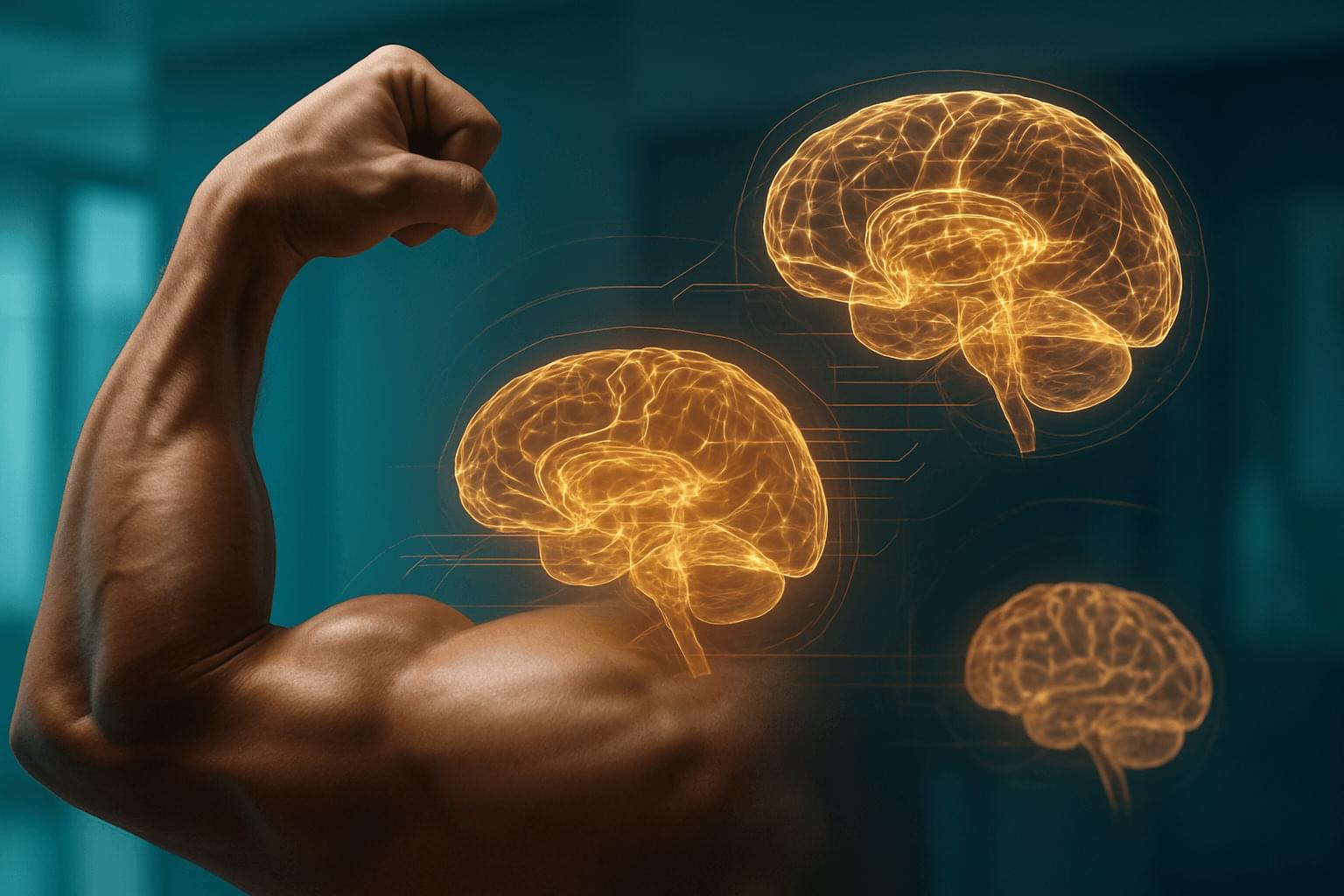

An “immune system reset” cured autoimmune, or Type 1, diabetes in mice in a Stanford Medicine study. The approach may be useful for other autoimmune conditions as well as organ transplants.
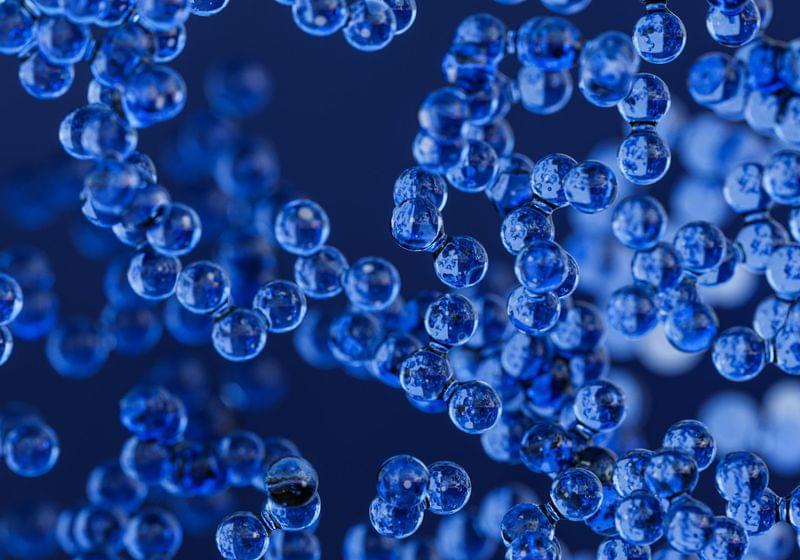
Researchers discovered a new way to independently tune a nanoparticle’s speed and direction using different strength electric fields.
The new method could lead to better drug delivery technologies.
Read more.
A new method using a combination of strong and weak electric fields to change nanoparticle speed and direction could improve drug delivery and purification systems.
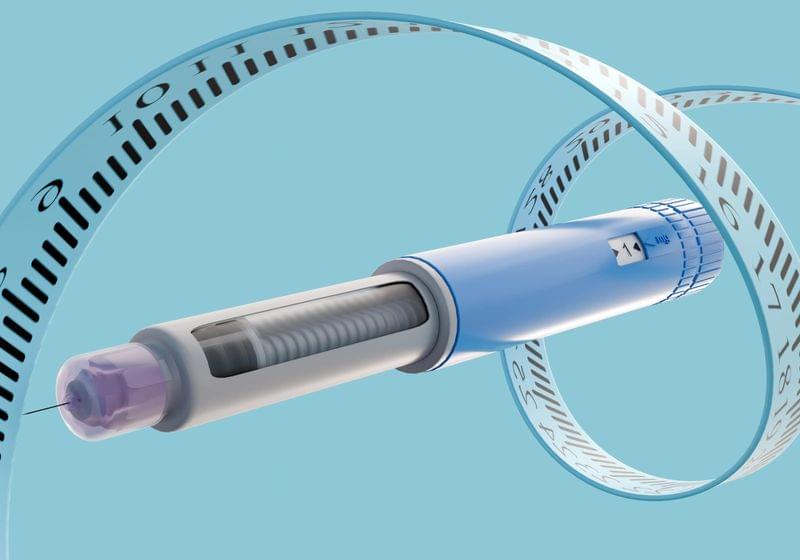
GLP-1 drugs have been transformative for treating obesity, but about 50 percent of patients who were prescribed this treatment ended up stopping due to severe side effects, such as nausea.
At the 2025 Society for Neuroscience meeting, experts presented new findings on how GLP-1 agonists’ action in the brain produced unwanted side effects and how these discoveries can guide future research.
Read more.
At the 2025 Society for Neuroscience meeting, scientists discussed the adverse side effects of GLP-1 agonists and new directions for future research.
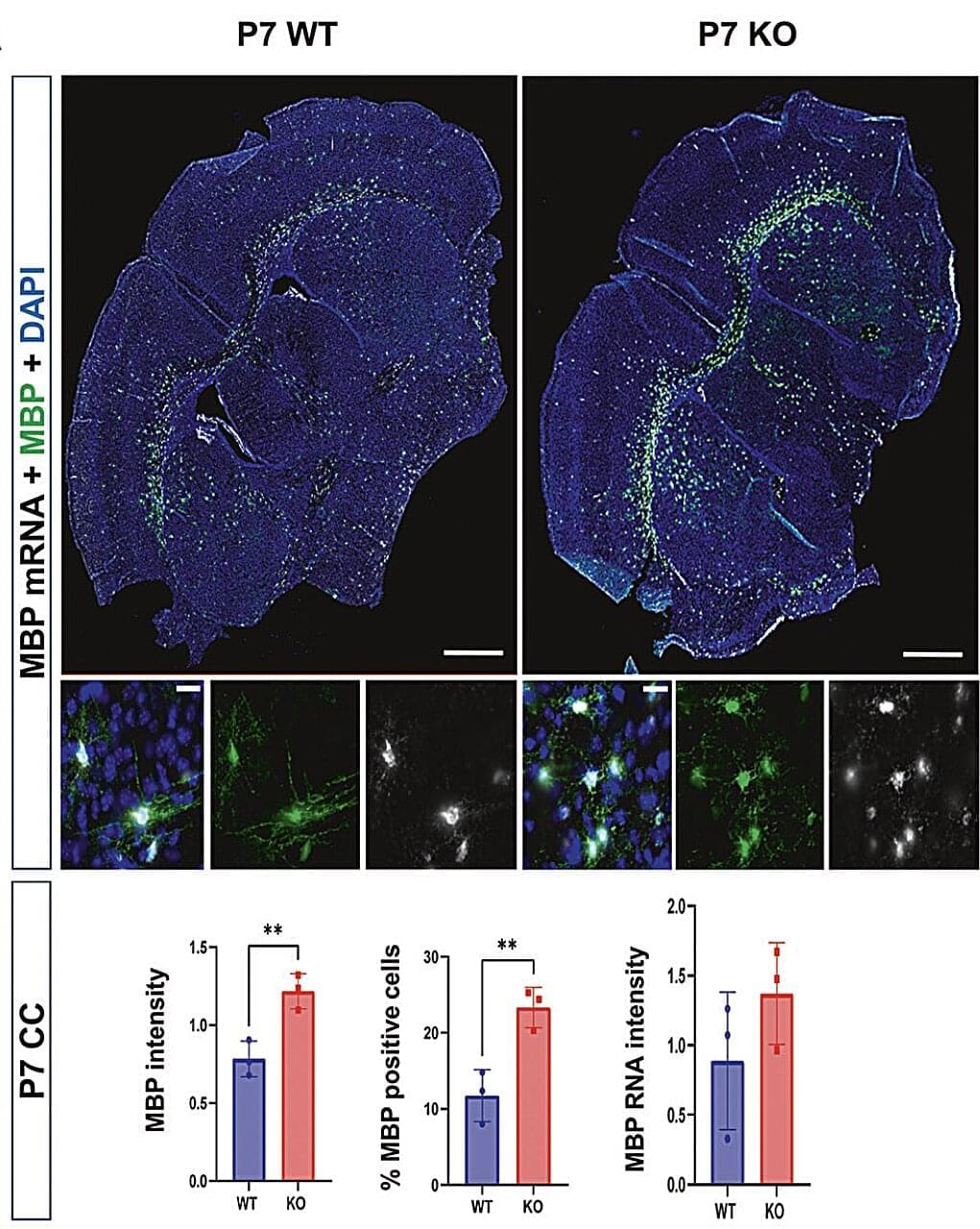
Autism spectrum disorder (ASD) is a neurodevelopmental condition characterized by differences in communication, behavior and the processing of sensory information. Past research has shown that some individuals diagnosed with ASD exhibit specific genetic variants or differences in the regulation of genes.
In some patients, the Shank3 gene was found to be mutated, partially or fully deleted, or not expressed as much. This gene is known to support the creation of junctions at which connected neurons communicate with each other, known as synapses.
Past findings suggest that people diagnosed with ASD who exhibit variants in Shank3 also present abnormalities in the volume, structure and function of white matter. White matter is a brain region filled with a fatty substance known as myelin, which insulates nerves and allows signals to travel faster within the nervous system.